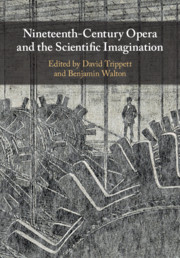Book contents
Bibliography
Published online by Cambridge University Press: 07 August 2019
- Type
- Chapter
- Information
- Nineteenth-Century Opera and the Scientific Imagination , pp. 335 - 374Publisher: Cambridge University PressPrint publication year: 2019



